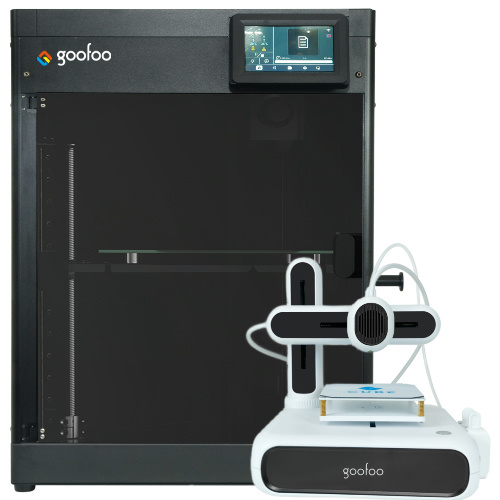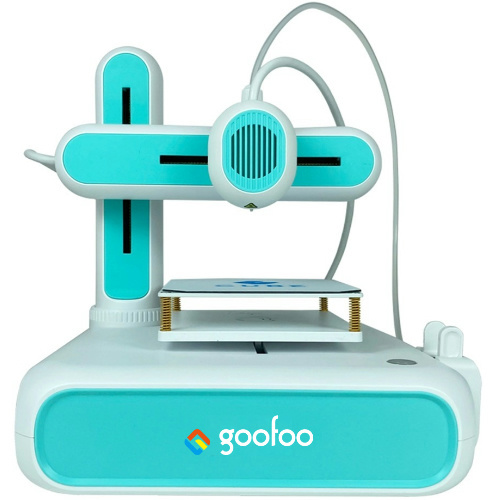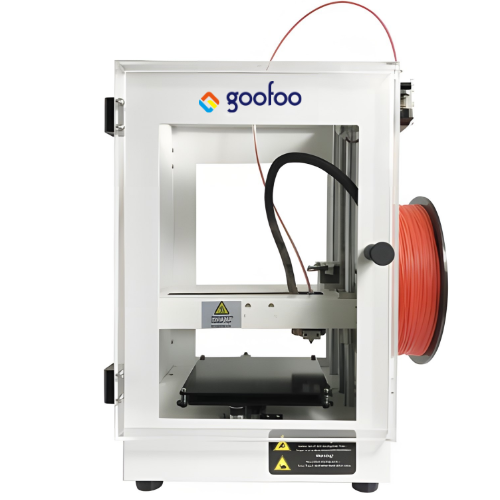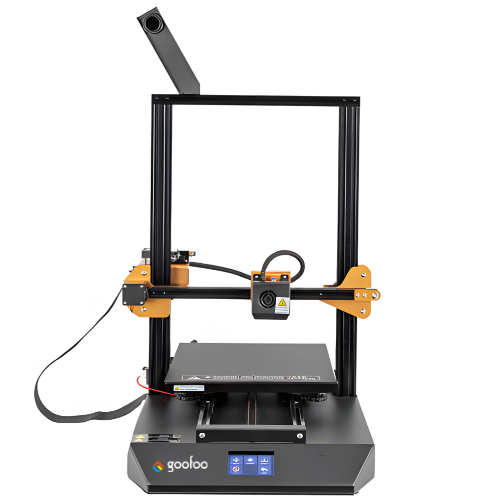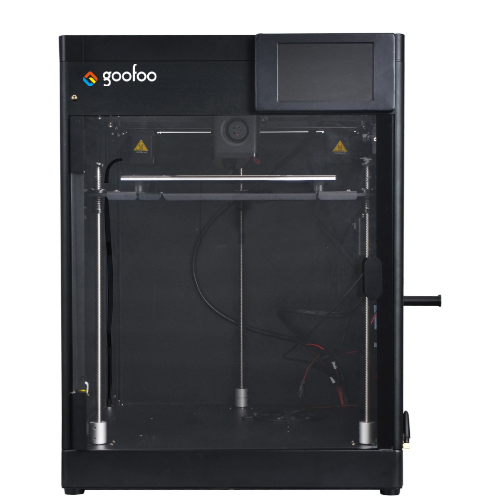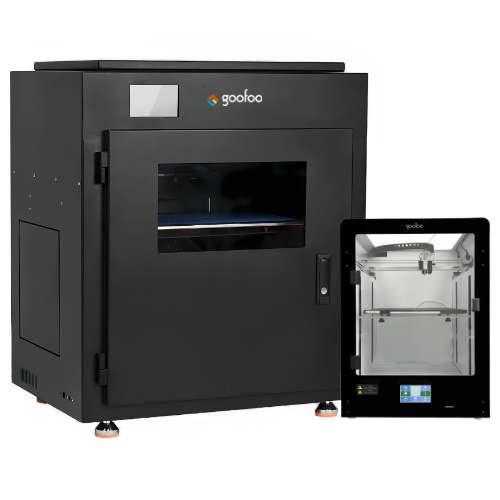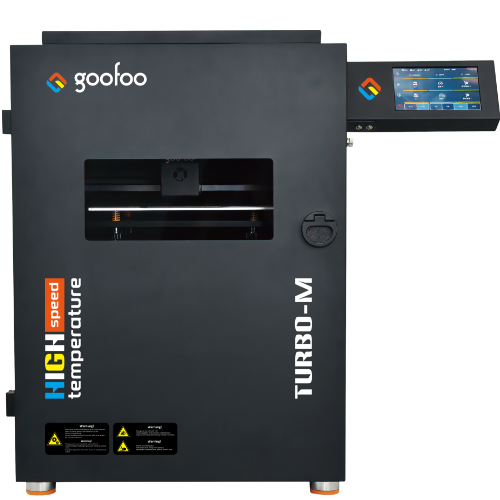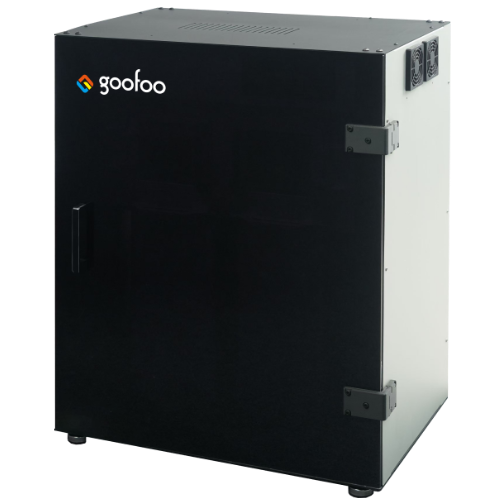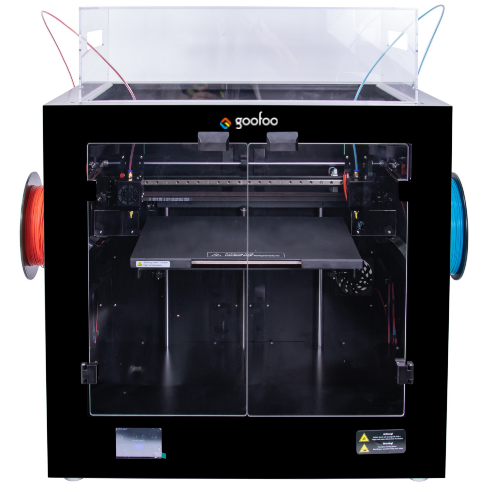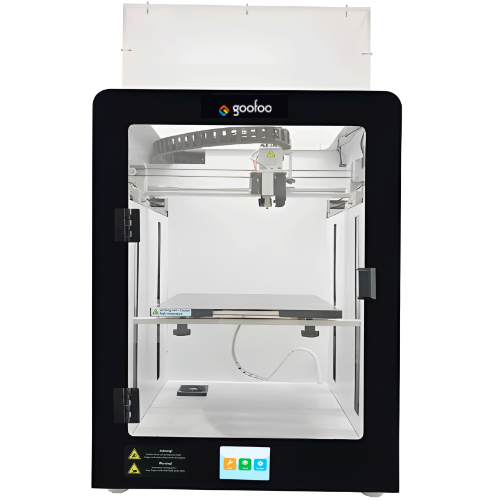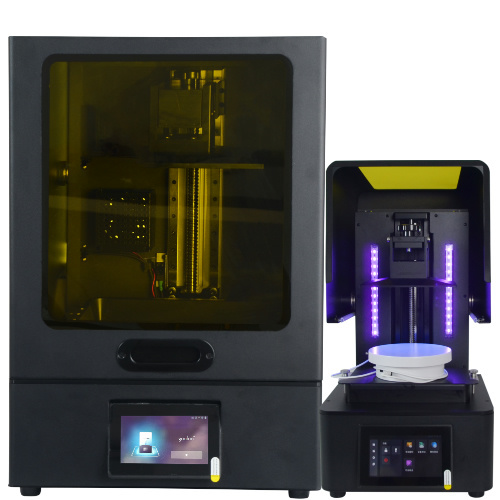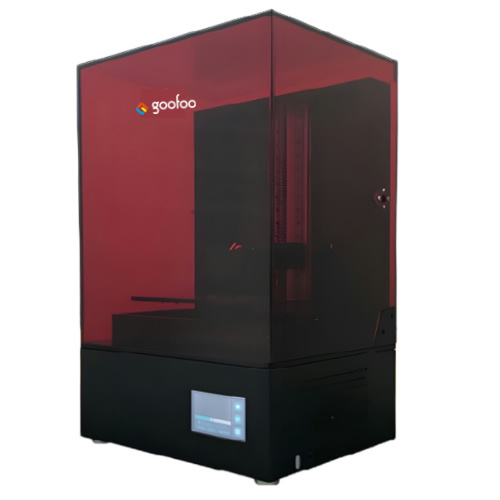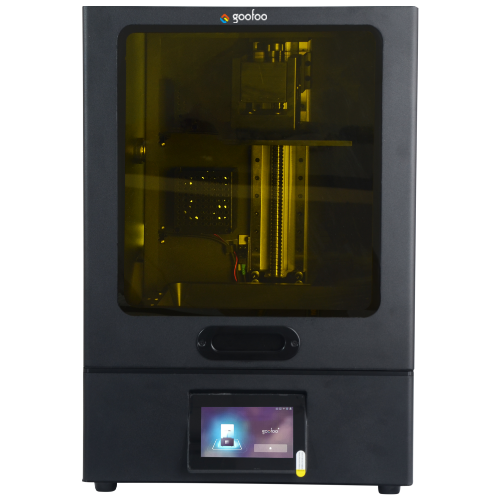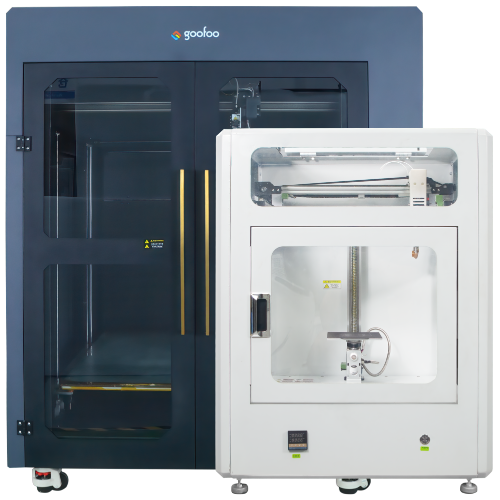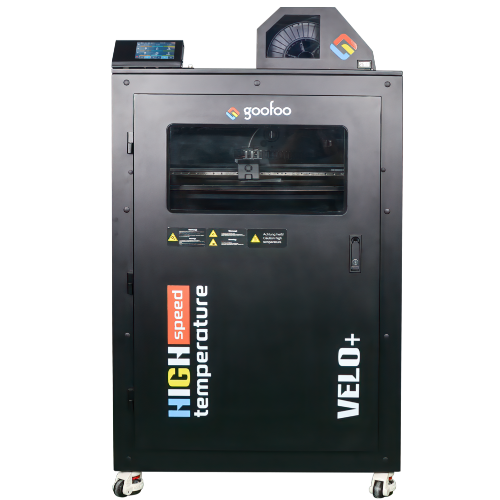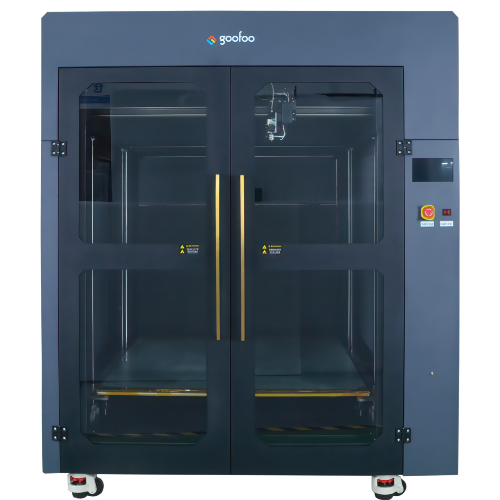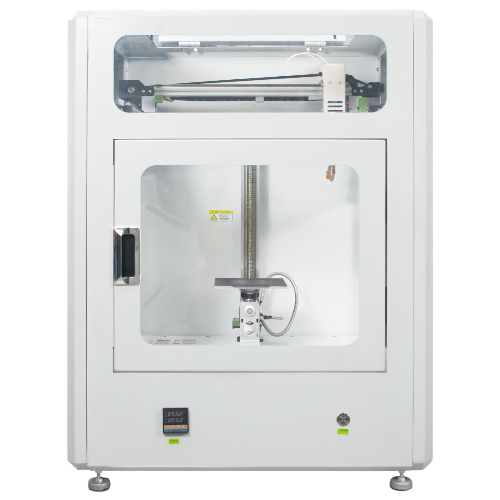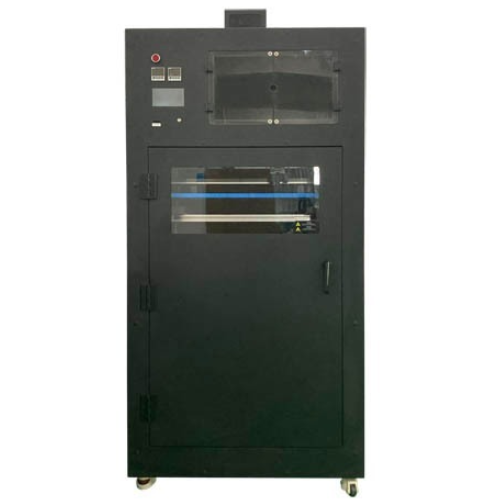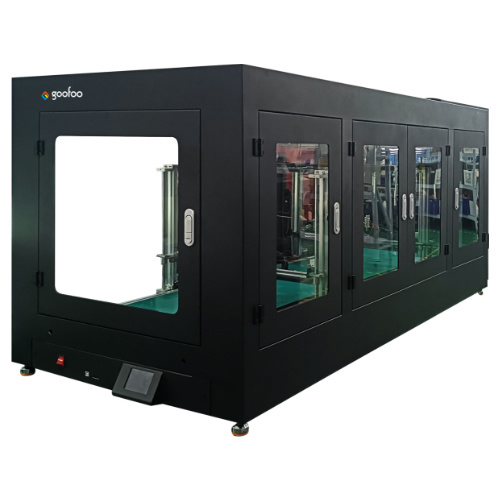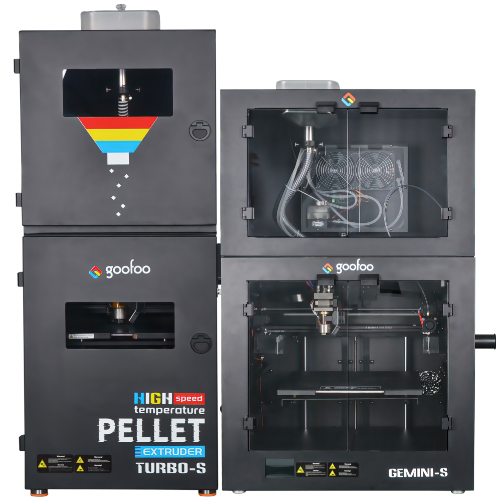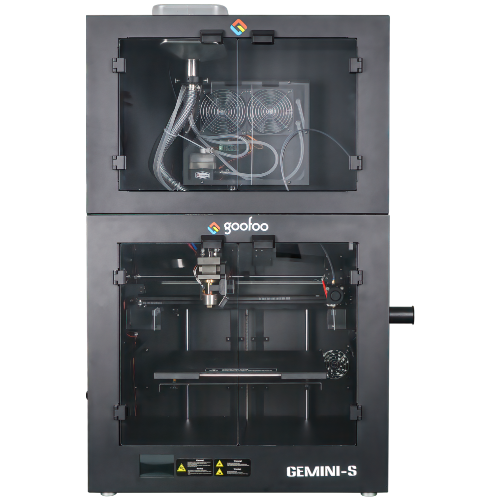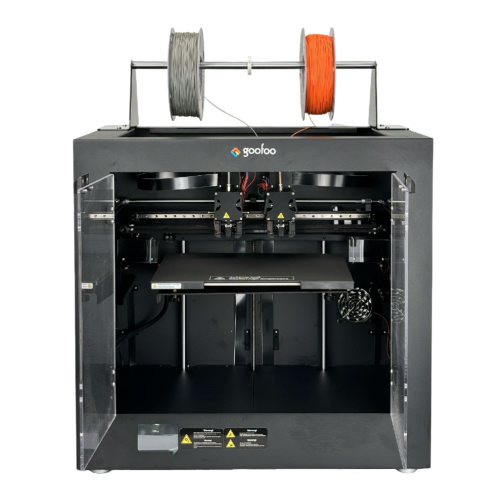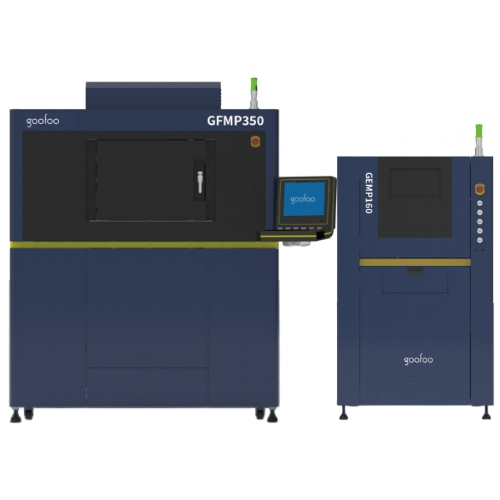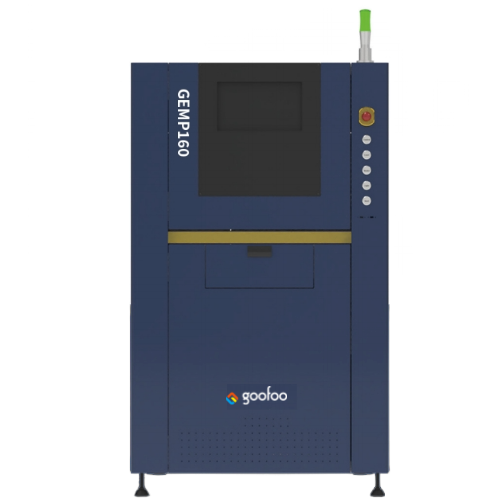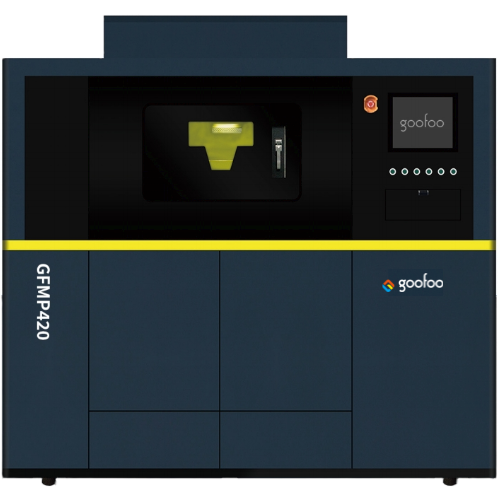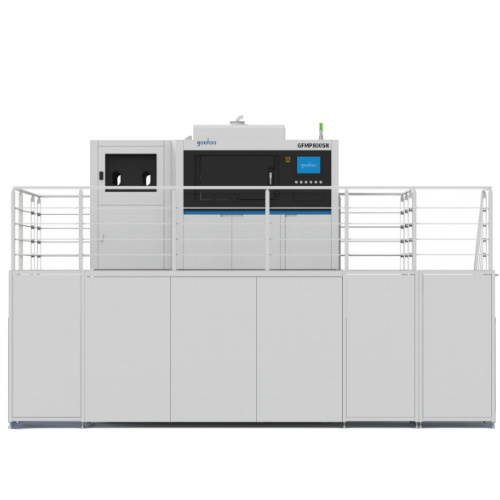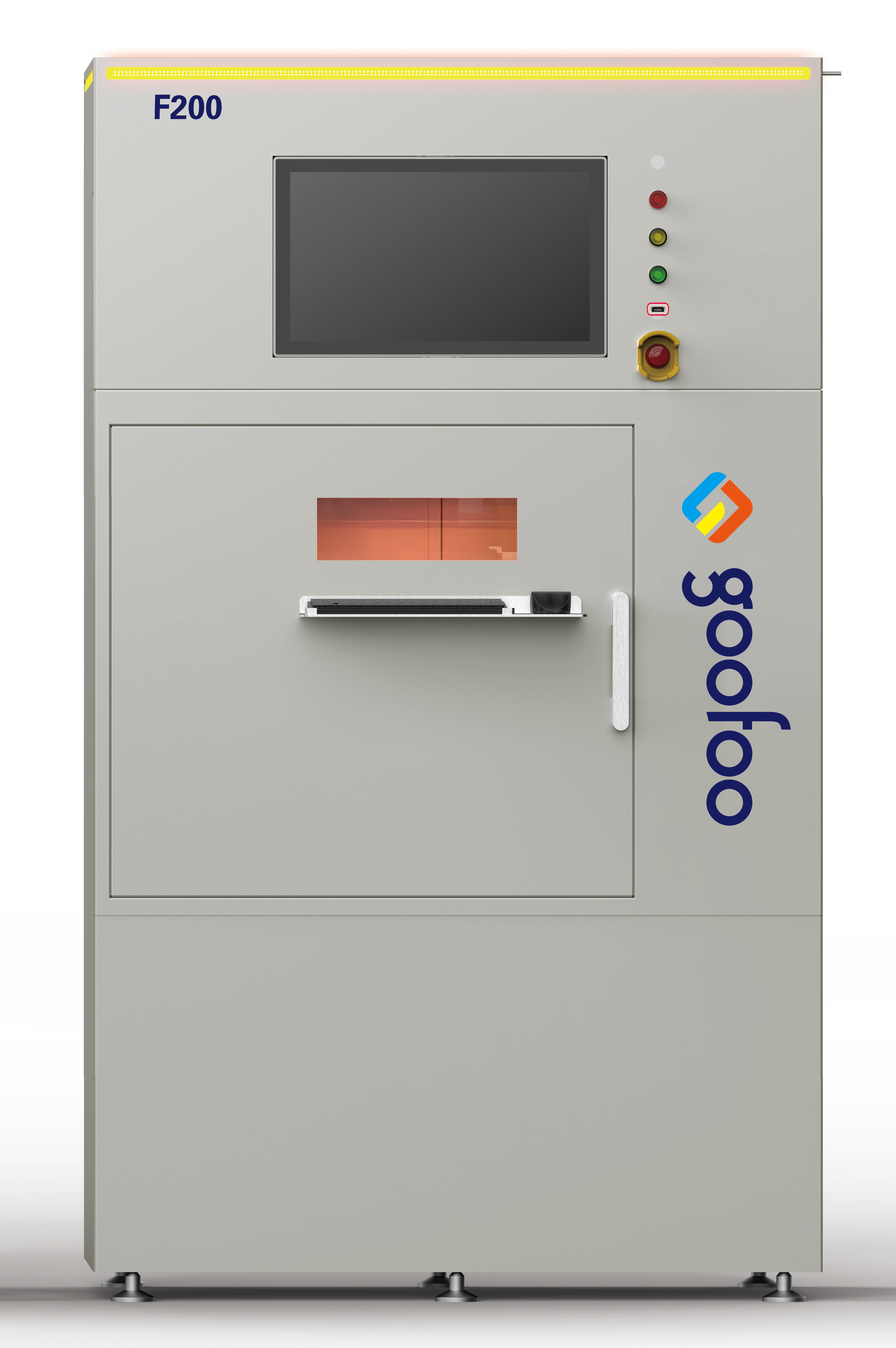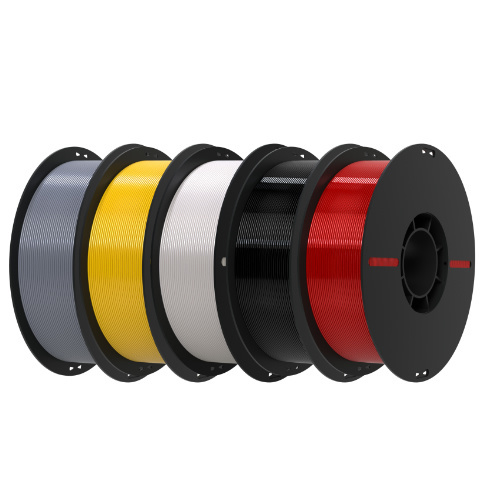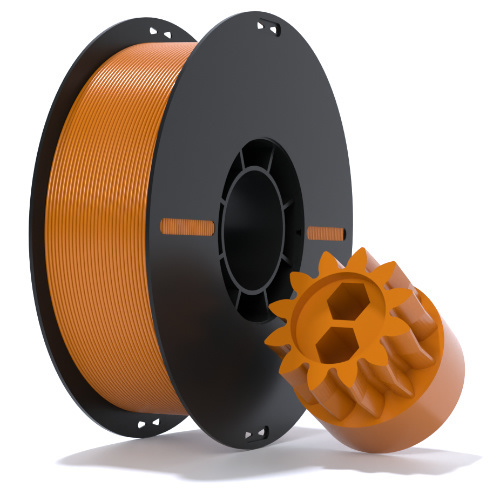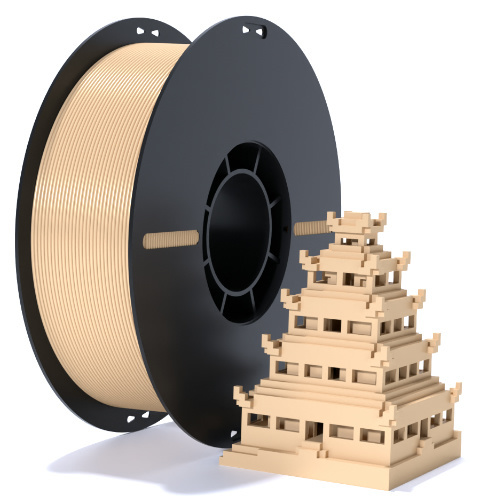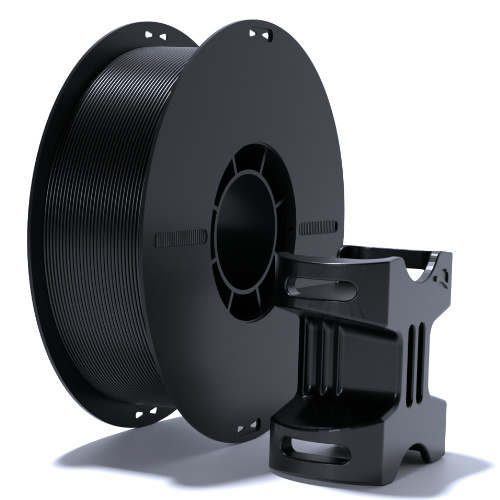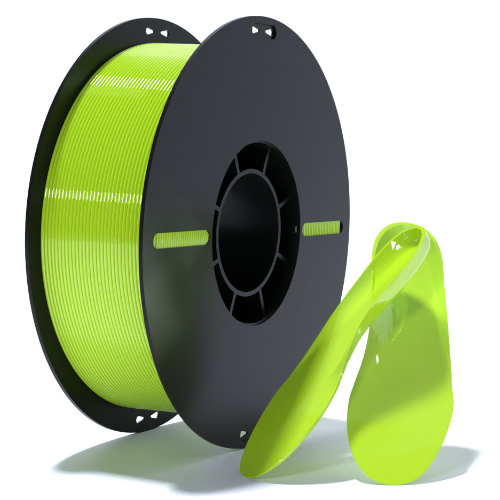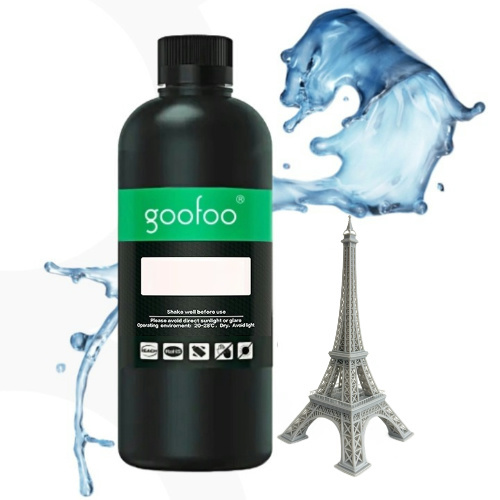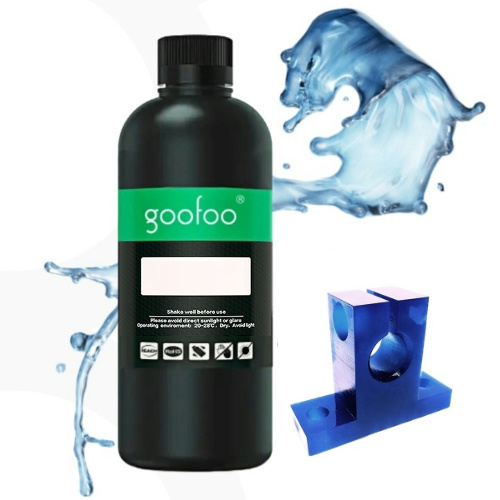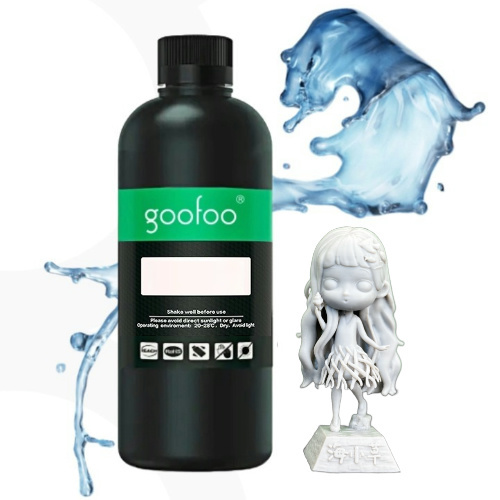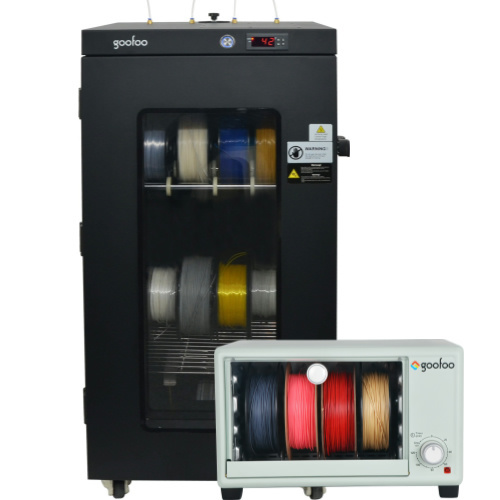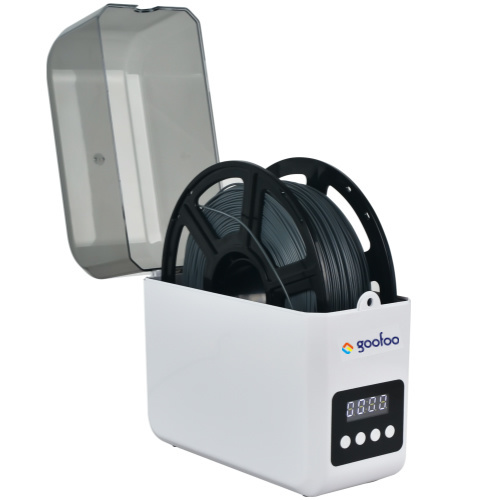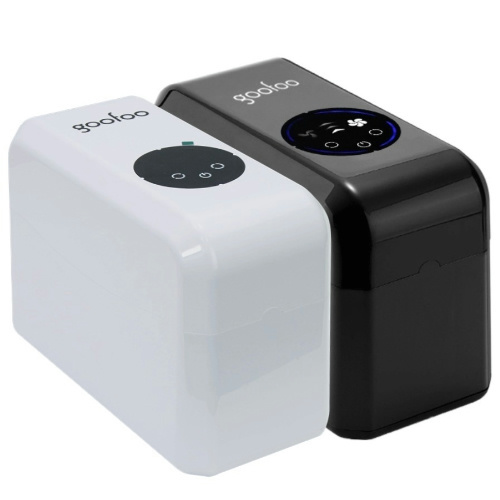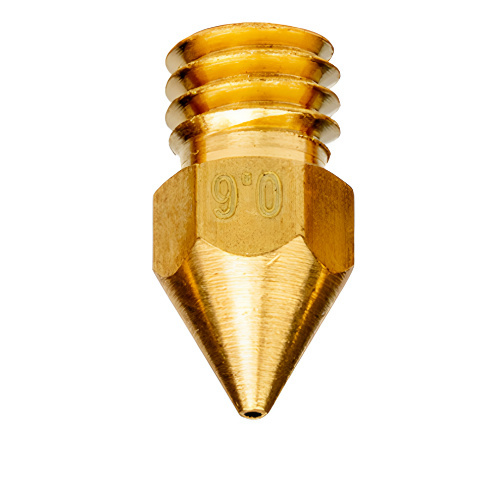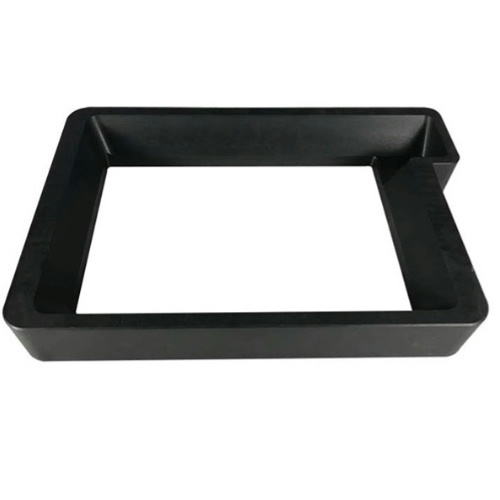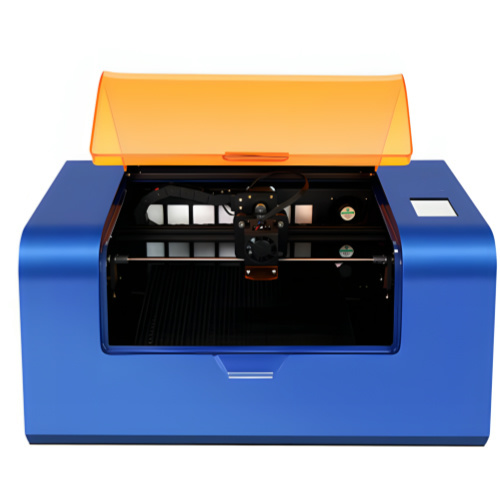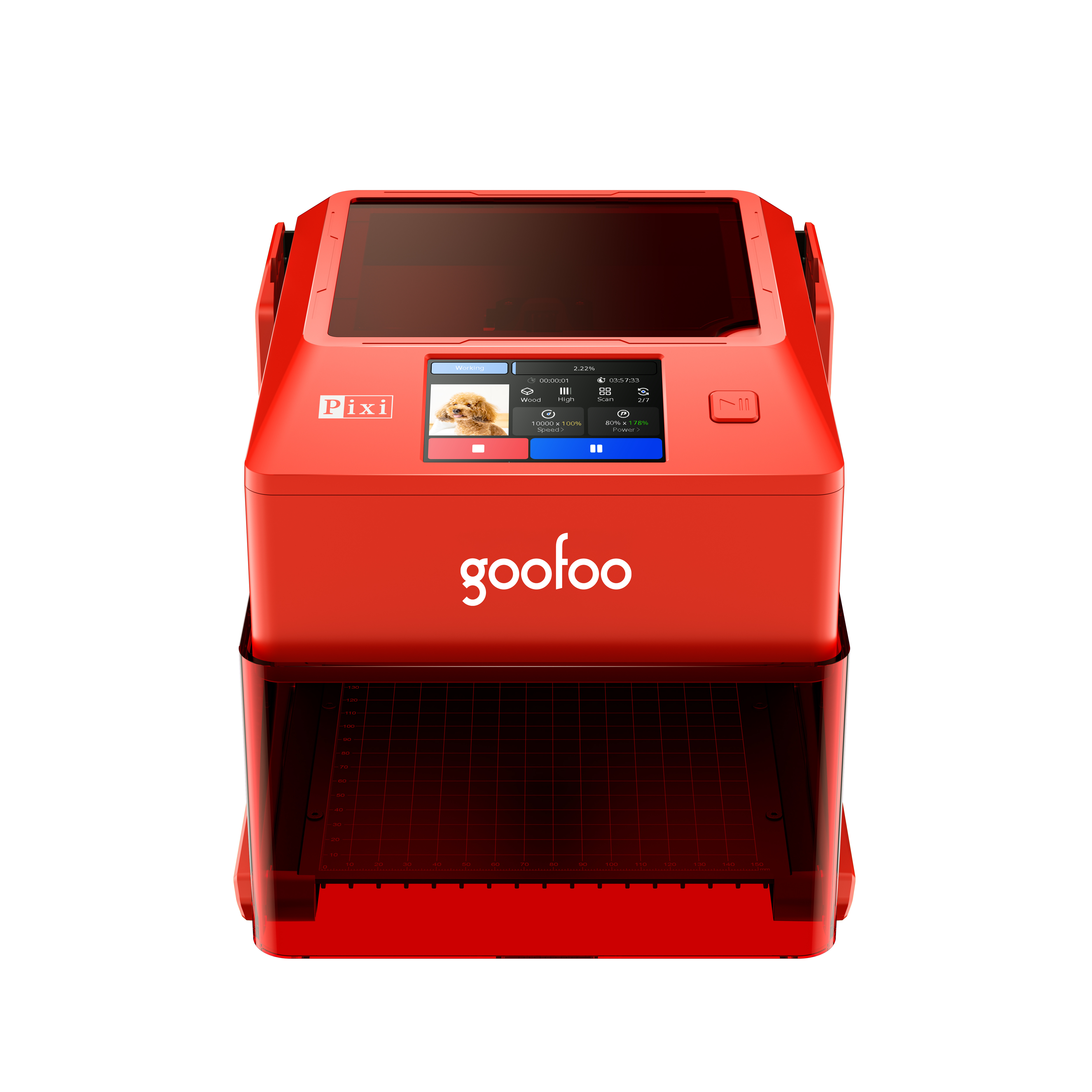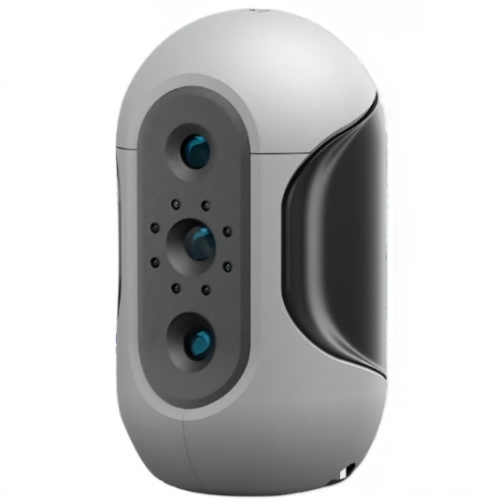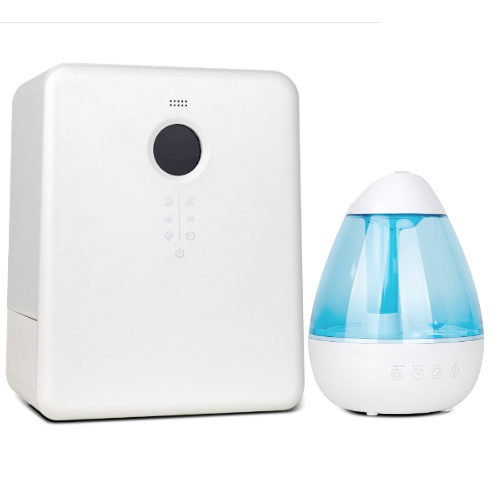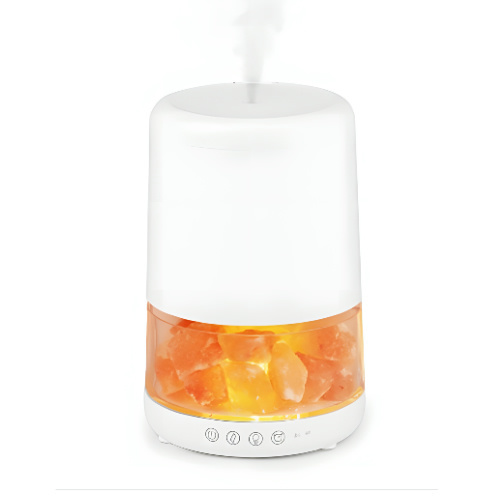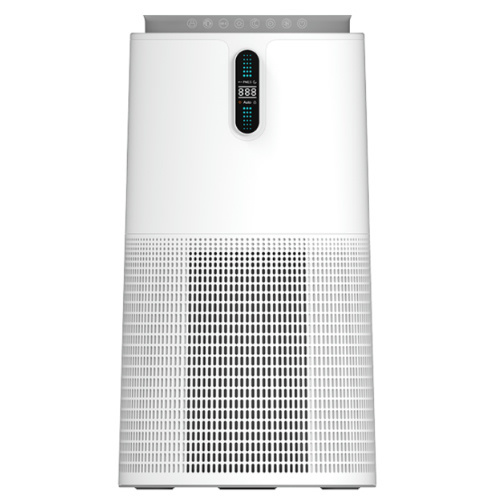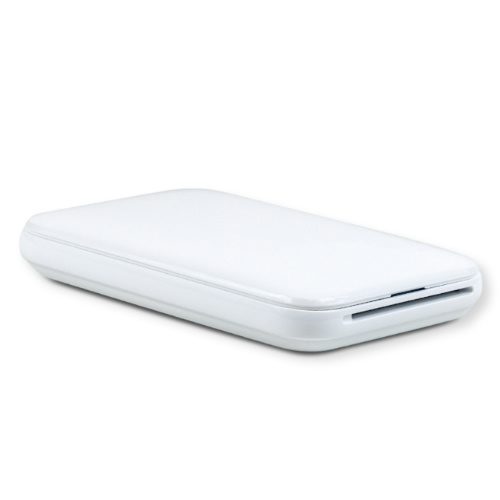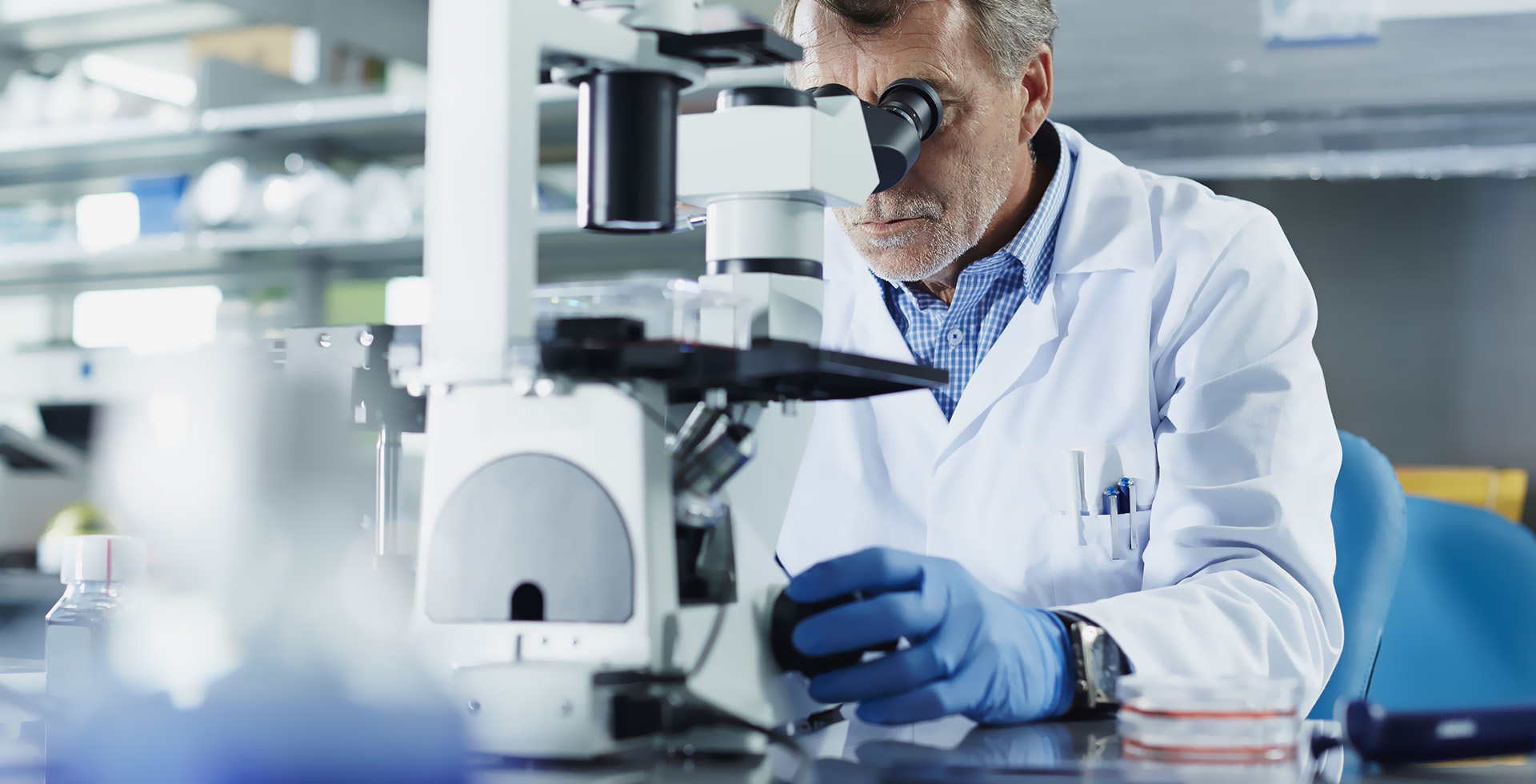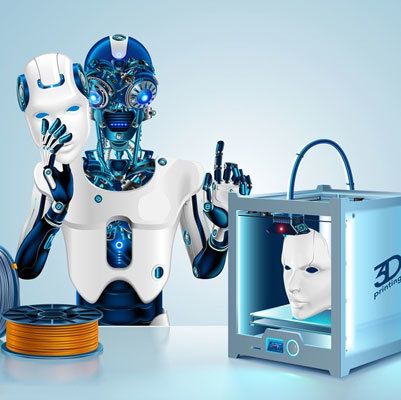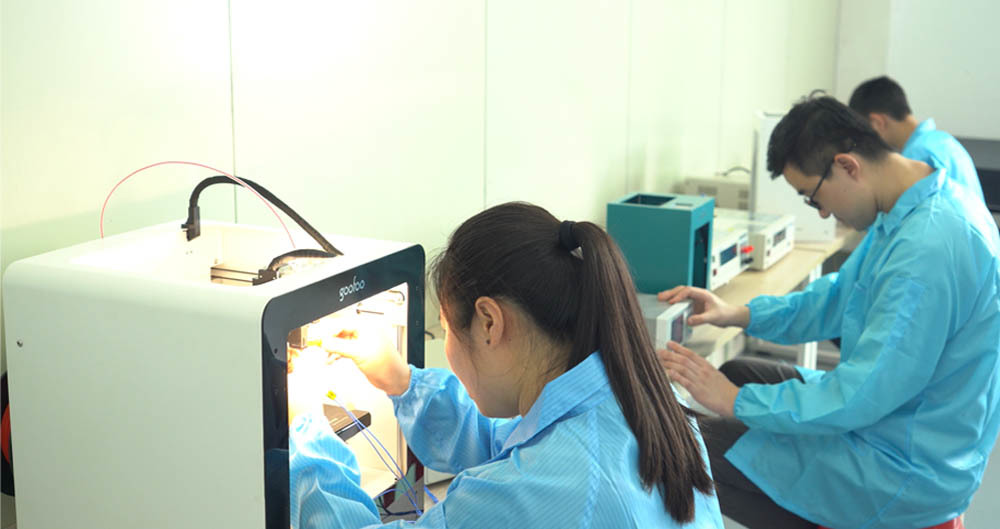All Categories
The Transformative Power of 3D Printer Machines: Revolutionizing Manufacturing and Design
2025-04-30 11:20
In recent years, 3D printer machines have revolutionized the way we approach manufacturing and design. These innovative devices allow users to create three-dimensional objects from digital files, enabling a level of customization and efficiency that traditional production methods cannot match. The core technology is additive manufacturing, where materials are added layer by layer to build up an object, which contrasts sharply with subtractive manufacturing processes that remove material to create a product.
One of the most significant advantages of 3D printer machines is their versatility. They can produce a vast array of items, from prototypes and spare parts to complex architectural models and consumer products. This flexibility makes them invaluable in various sectors, including automotive, aerospace, healthcare, and even fashion. For instance, in healthcare, 3D printers have been used to create custom prosthetics and dental implants tailored to the individual needs of patients, enhancing comfort and functionality.
Moreover, 3D printer machines facilitate rapid prototyping, allowing designers and engineers to iterate on their concepts much faster than traditional methods would allow. This speed can significantly reduce time-to-market for new products, giving companies a competitive edge. By quickly producing prototypes, teams can test functionality and design, gather feedback, and make necessary adjustments before committing to large-scale production.
Sustainability is another critical consideration in today's manufacturing landscape, and 3D printing offers promising solutions. By using only the material necessary to create an object, waste is minimized. Additionally, many modern 3D printer machines are designed to work with biodegradable and recycled materials, making them an attractive option for environmentally conscious companies.
Despite these benefits, it's essential to recognize that 3D printer machines also come with challenges. The quality of the final product can depend heavily on the type of material used and the printer's settings. Furthermore, maintaining a consistent workflow can require a level of expertise that not all businesses possess, particularly smaller companies or startups.
In conclusion, 3D printer machines are at the forefront of a manufacturing revolution, offering unprecedented levels of customization, efficiency, and sustainability. As technology continues to advance, the potential applications for 3D printing will only expand, making it an essential area of focus for professionals across industries. Understanding the capabilities and limitations of these machines can empower businesses to harness their potential effectively, leading to innovative solutions and enhanced operational workflows.
One of the most significant advantages of 3D printer machines is their versatility. They can produce a vast array of items, from prototypes and spare parts to complex architectural models and consumer products. This flexibility makes them invaluable in various sectors, including automotive, aerospace, healthcare, and even fashion. For instance, in healthcare, 3D printers have been used to create custom prosthetics and dental implants tailored to the individual needs of patients, enhancing comfort and functionality.
Moreover, 3D printer machines facilitate rapid prototyping, allowing designers and engineers to iterate on their concepts much faster than traditional methods would allow. This speed can significantly reduce time-to-market for new products, giving companies a competitive edge. By quickly producing prototypes, teams can test functionality and design, gather feedback, and make necessary adjustments before committing to large-scale production.
Sustainability is another critical consideration in today's manufacturing landscape, and 3D printing offers promising solutions. By using only the material necessary to create an object, waste is minimized. Additionally, many modern 3D printer machines are designed to work with biodegradable and recycled materials, making them an attractive option for environmentally conscious companies.
Despite these benefits, it's essential to recognize that 3D printer machines also come with challenges. The quality of the final product can depend heavily on the type of material used and the printer's settings. Furthermore, maintaining a consistent workflow can require a level of expertise that not all businesses possess, particularly smaller companies or startups.
In conclusion, 3D printer machines are at the forefront of a manufacturing revolution, offering unprecedented levels of customization, efficiency, and sustainability. As technology continues to advance, the potential applications for 3D printing will only expand, making it an essential area of focus for professionals across industries. Understanding the capabilities and limitations of these machines can empower businesses to harness their potential effectively, leading to innovative solutions and enhanced operational workflows.
3d printer machine
Recommended News
language
English
العربية
বাংলাদেশ
Български
Hrvatski
Česky
Dansk
Nederland
 Esperanto
Esperanto
Slovenski
Filipino
Suomi
Français
Maori
 Shqiptare
Shqiptare
Georgian
 Euskara
Euskara
Deutsch
Ελλάδα
ישראל
इंडिया
Magyarország
Ísland
Indonesia
Irlanda
Italia
日本語
Sovensko
Հայաստան
한국
Kyrgyz
ປະເທດລາວ
 Zulu
Zulu
Latvian
Lithuanian
Luxembourgish
 Latinus
Latinus
Macedonian
Малайская
Maltese
Монгол улс
 Cymraeg
Cymraeg
ဗမာ
 தமிழ்
தமிழ்
नेपाल
Norge
ایران
Polska
Portugal
România
Российская
Србија
 Slovak
Slovak
Србија
 Slovak
Slovak
Bosanski
Slovenian
Беларус
España
Sverige
Точик
ประเทศไทย
Türk
Azərbaycan
Uzbek
 Afrikaans
Afrikaans
Việt Nam
Skype / WhatsApp: +86 592-5713513 / +86-13860126490
No.88-3, North Tongji Road, Xike County, Tong'an District, Xiamen, Fujian China
Xiamen Goofoo Technology Co., Ltd. All Rights Reserved 闽ICP备2022008070号-1 SEO 300.cn
Phone:+0086 592-5713513
Address: No.88-3, North Tongji Road, Xike County, Tong’an District, Xiamen, Fujian China
Email: sales@goofoo3d.com
We will give you feedback in time

